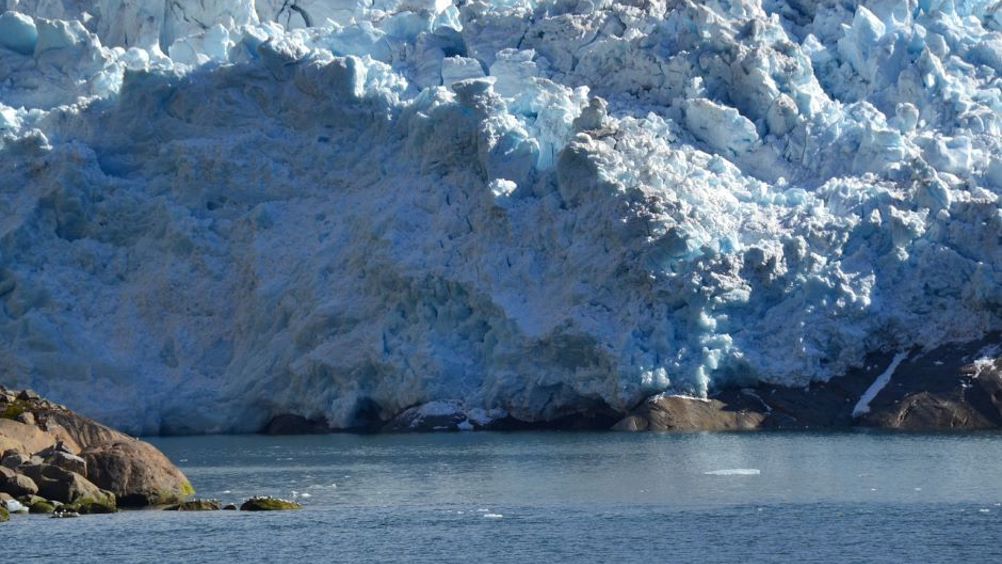Cryoegg works under pressure beneath ice
Cryoegg will measure and characterise liquid water beneath ice sheets to help scientists to predict environmental change

The deep, high-pressure zones beneath Greenland’s glaciers control how the arctic ice responds to the increasing temperatures caused by climate change, and contributes to rising sea levels.
However, studying this deep, hostile environment is extremely difficult with existing technology.
Now researchers at Cardiff University are developing a wireless sensing device, dubbed Cryoegg, to measure and characterise the liquid water beneath the ice sheets, in a bid to help scientists to predict future environmental change.
The EPSRC-funded project, led by Dr Liz Bagshaw, is developing and testing the sphere-shaped device, capable of collecting water measurements below 2.5km of ice and transmitting the data back to the surface via a radio frequency (RF) transmitter.
The environment beneath the glaciers is currently investigated using cabled sensors implanted into narrow boreholes. However, fast-flowing ice can stretch and eventually break these cables, meaning valuable data is lost, Bagshaw said.
In designing the Cryoegg, the team had to develop a device robust enough to collect measurements of water beneath the ice and be free to move around within the sub-surface meltwater.
Register now to continue reading
Thanks for visiting The Engineer. You’ve now reached your monthly limit of news stories. Register for free to unlock unlimited access to all of our news coverage, as well as premium content including opinion, in-depth features and special reports.
Benefits of registering
-
In-depth insights and coverage of key emerging trends
-
Unrestricted access to special reports throughout the year
-
Daily technology news delivered straight to your inbox










Water Sector Talent Exodus Could Cripple The Sector
Maybe if things are essential for the running of a country and we want to pay a fair price we should be running these utilities on a not for profit...